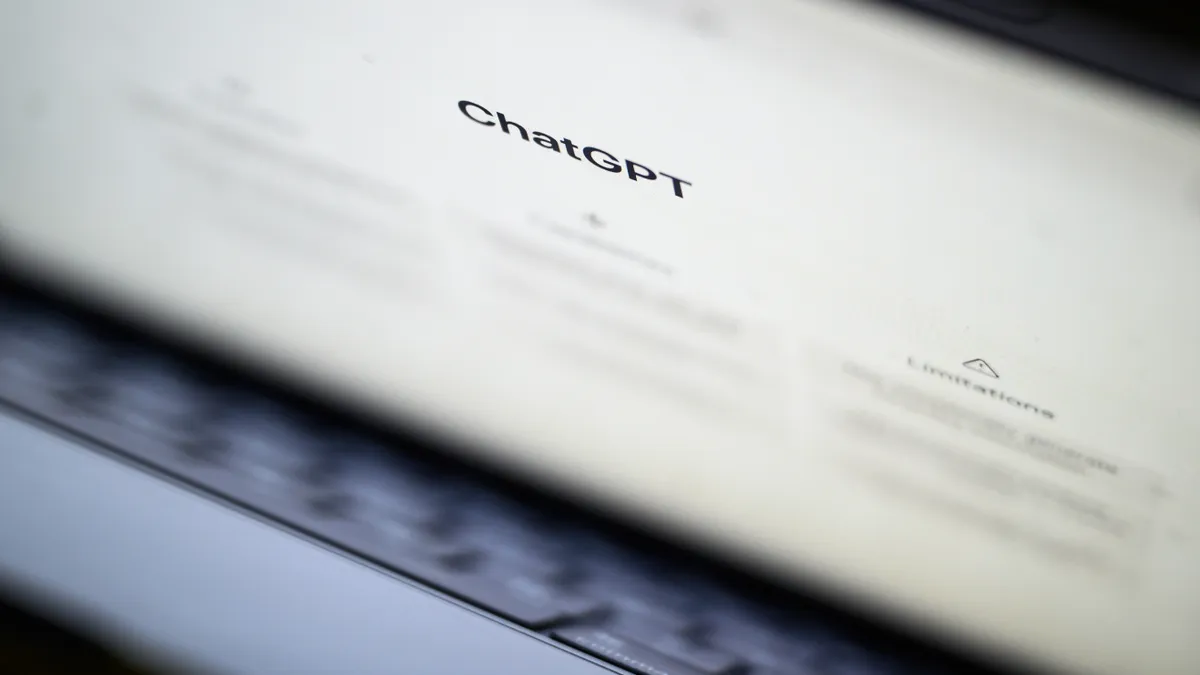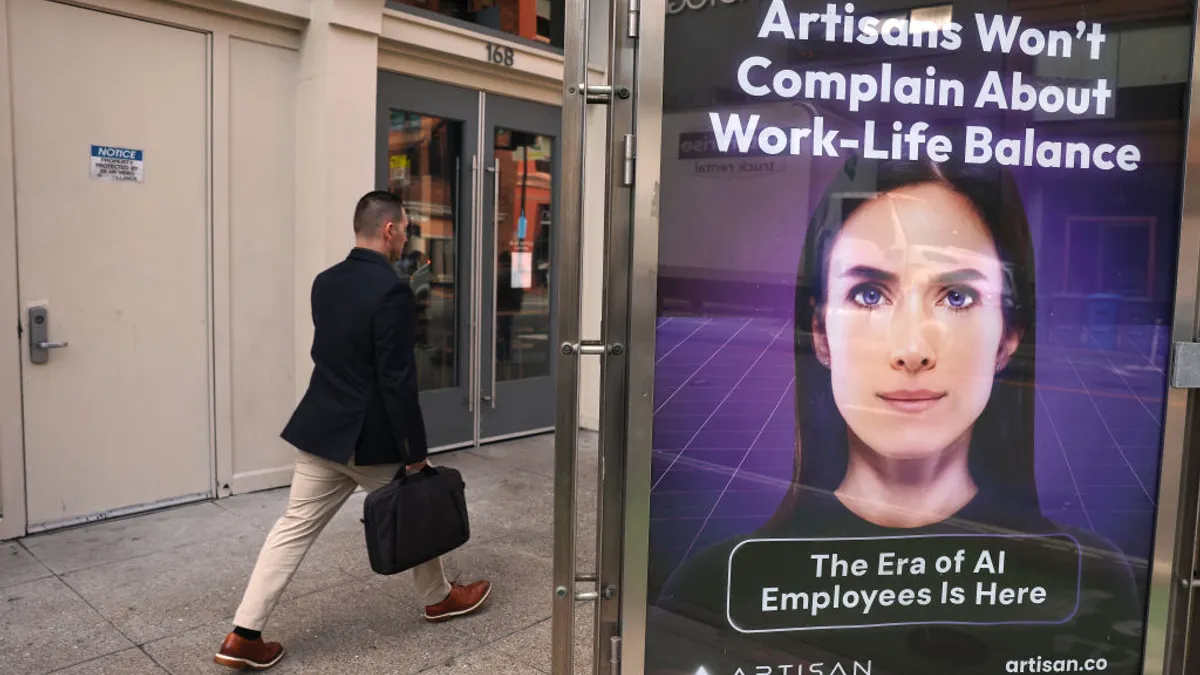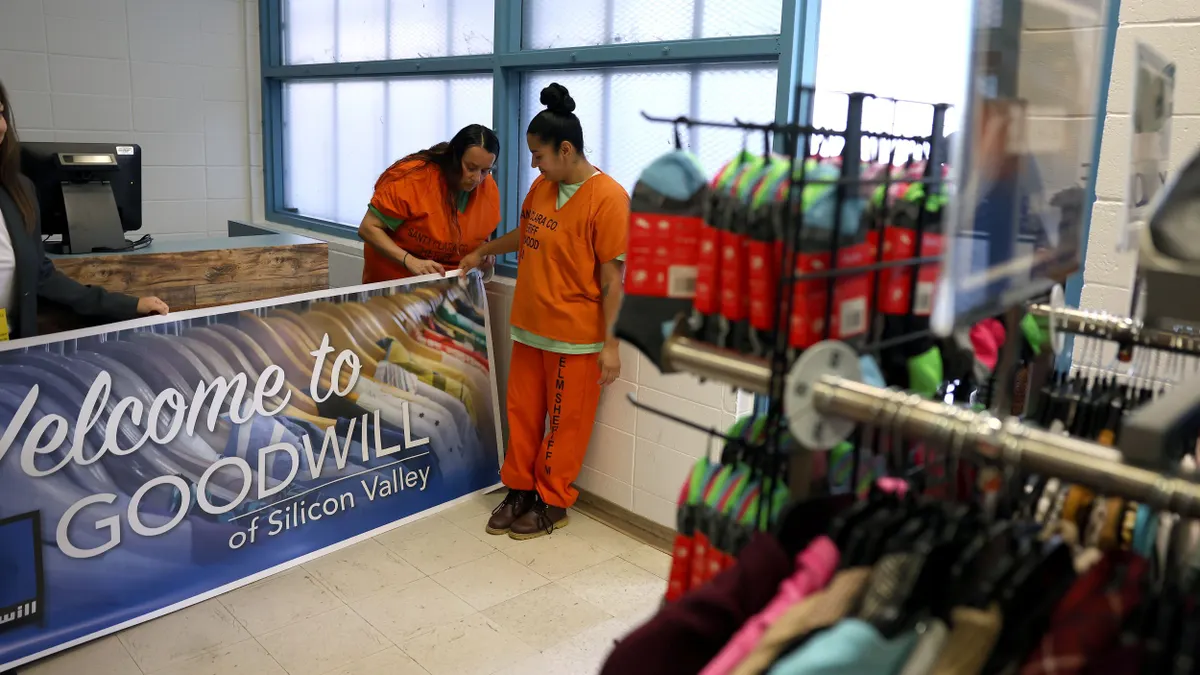In November, OpenAI released ChatGPT, an artificial intelligence chatbot that is either going to lead to world peace or take over the world, depending on who you ask.
Aside from the more sensational headlines and predictions, the technology, which is a form of a learning language model (LLM), is showing its applications beyond playing Wordle and giving Pope Francis a very different kind of winter look.
That includes in recruitment, where LLMs are already being used to help with processes that are boring, mundane, repetitive, or a blend of all three, giving recruiters that time to focus on tasks that can’t be automated.
“The models are evolving quickly and certainly have a long way to go, but a tool like ChatGPT that can more quickly and rapidly respond to candidates can be particularly helpful,” said Amanda Richardson, CEO at CoderPad.
Taking boring tasks off recruiters’ plates
A recent study from the University of Pennsylvania and OpenAI, the company makes ChatGPT, found that about 80% of the U.S. workforce could have at least 10% of their tasks affected by LLMs, with 19% of workers seeing at least 50% of their work impacted. They also found that about 15% of all worker tasks in the U.S. could be done “significantly faster” at the same level of quality with access to an LLM.
Automation of all kinds has long been pitched as a way to take tedious work off someone’s plate, which is what LLMs are doing in recruiting right now. It’s “jump-starting some of the more mundane tasks they have,” Richardson said, like crafting an email.
While it doesn’t replace the writing process, it can augment it, and be used as a tool to break through writer’s block. For a recent presentation, for example, Richardson used it to create an outline of a slide deck. The results were “mediocre,” she said, but it gave her a start, and helped ease some of the anxiety someone might “sometimes have looking at a blank page.”
Tomas Alberio, project manager and director of operations at Stafi, said that the company is using ChatGPT to craft job descriptions, and that it has helped their recruitment team create engaging but informative descriptions for jobs that often have very specific skill requirements.
“People tend to write really long job descriptions and candidates reading it may not be paying attention at the end, so we need to make those descriptions as informative as possible but also engaging,” he said.
Screening candidates with ChatGPT
Just like ChatGPT can help kick-start the writing process for clear, concise and informative emails, job descriptions, and slide decks, it can also be used to screen candidates.
Stafi often works with law firms to find paralegals who are fluent in more than one language. Yet when the company posts a job description that states the language requirement, they’ll often get “hundreds of applications,” he said, many from candidates who don’t meet those requirements. “ChatGPT can start analyzing those resumes and cover letters and start getting just the highlights of the things we want to know about those candidates.”
The technology “helps us just focus on the ones we really want and saves us tons of time,” he added.
The company has also been using ChatGPT to train new hires, tasking the technology with creating assessments and quizzes on exactly what their clients need them to do — though they don’t just let the technology run amok, he said. The questions are reviewed and vetted by experts in those areas.
“It’s easier for our training team to check those answers and see which of our candidates are having issues,” he said. That way, their team can help those candidates, so that they’re prepared for their new role. He estimates that these tasks now take 20% to 30% less time.
Richardson added that smart recruiters will use ChatGPT as a tool, but not replace the recruitment process with it. Just like how consumers can tell if they’re interacting with a customer service chatbot instead of a real person, the difference is apparent to job candidates, too.
“I think it will become clear which companies are actually investing in recruiting, and which recruiters really care about you,” she said. “It’s pretty clear when you interact with tools when it’s a little bit of a robot. Having that personalized touch will go for a long way for those companies willing to invest in that.”





















